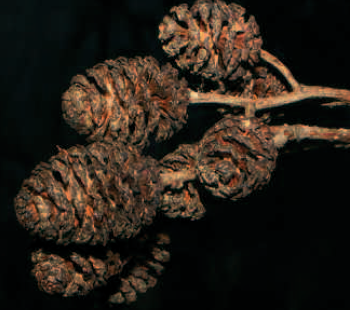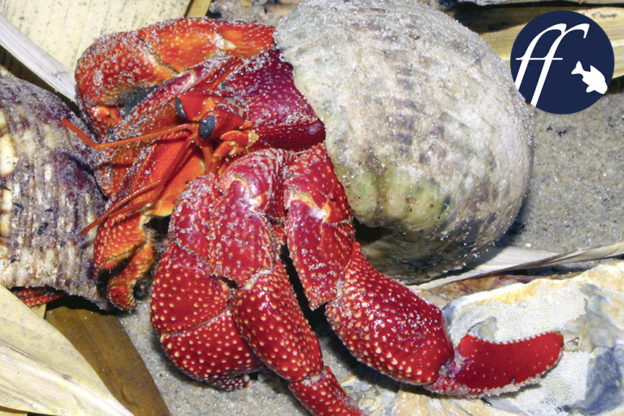
Read the full article...



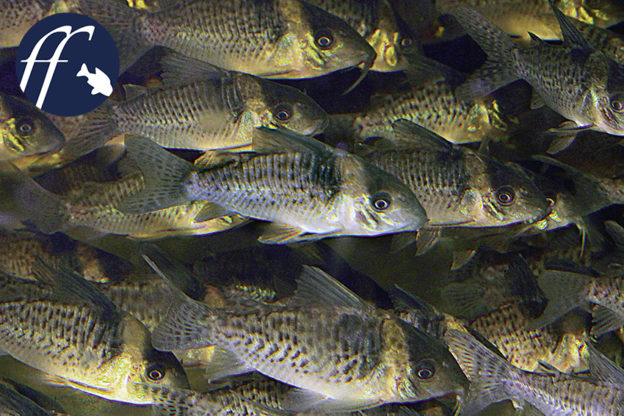
The armoured catfish of the genera Corydoras, Scleromystax, Brochis and Aspidoras are often referred to in the aquaristic literature as “swarm fish”, combined with the recommendation to always maintain at least 4-6 specimens together. In the aquarium, however, armoured catfish swim in a swarm only once in a while, are they really schooling fish?
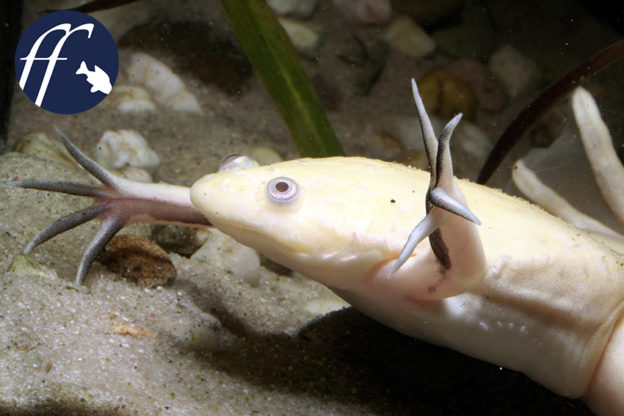
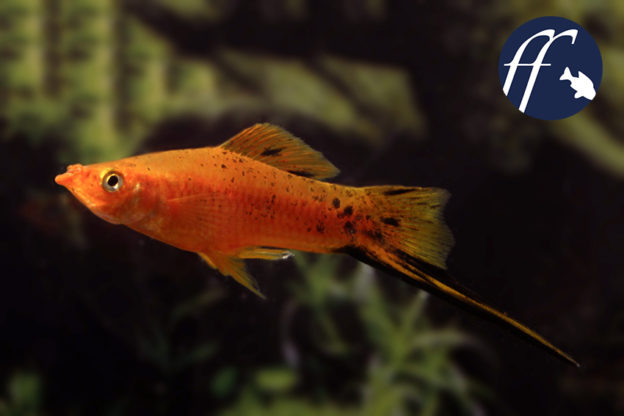
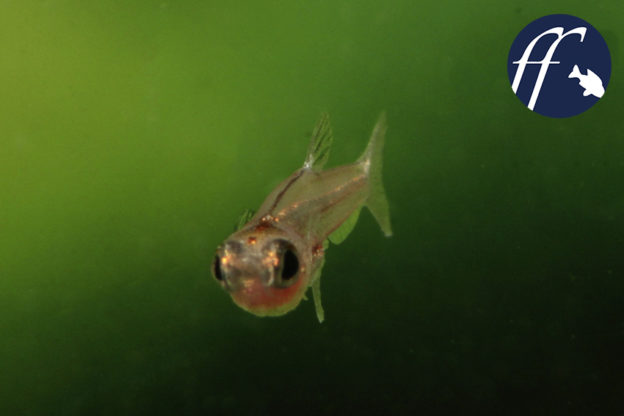
The smallest fishes in the world are the dwarf cyprinids of the genus Paedocypris. There are three scientifically described species of these dwarfs: two from Borneo and one from Sumatra and an offshore island. They are Paedocypris carbunculus (Kalimantan Tengah, Borneo), P. micromegethes (Sarawak, Borneo), and P. progenetica (Sumatra and Bintan). Following their discovery during the 1990s it was thought that they might even be the smallest vertebrates of all, but that honor currently belongs to the fro
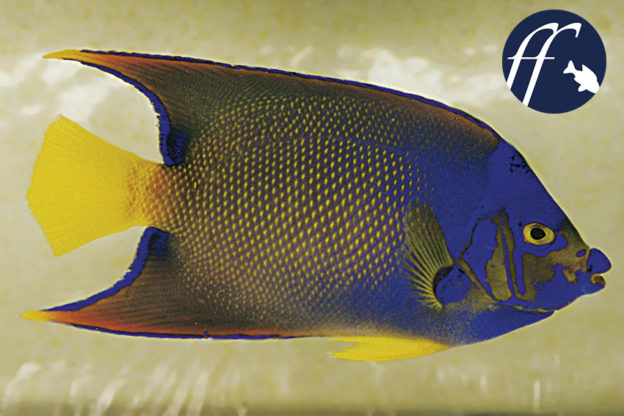
The marine angelfishes are without doubt among the most beautiful of all marine fishes. Six species occur on the western coast of the Atlantic. The discovery there of a new species must rank as a sensation, as the area has been very well explored ichthyologically.
The six species that occur there are the Pygmy Angelfish (Centropyge argi), the Rock Beauty (Holacanthus tricolor), the Gray Angelfish (Pomacanthus arcuatus), the French Angelfish (Pomacanthus paru), the Blue Angelfish (Holacanthus bermudensis), and the Queen Angelfish (Holacanthus ciliaris). You should know that the last two species can be told apart only by their differing coloration.
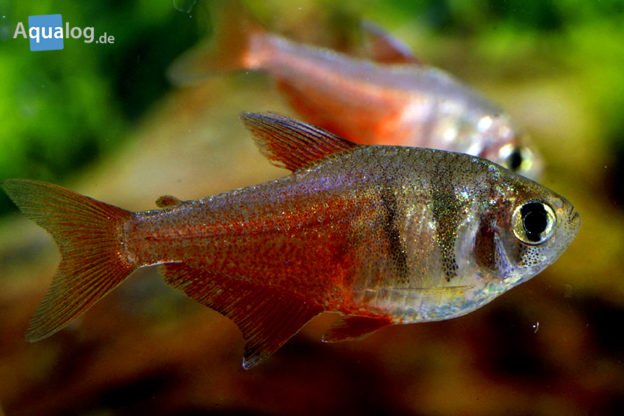
In spring people are drawn to the open air. Regardless of whether they own a garden or just a balcony, at this time of year aquarists often wonder whether and which of their fishes could be kept outside for a while.
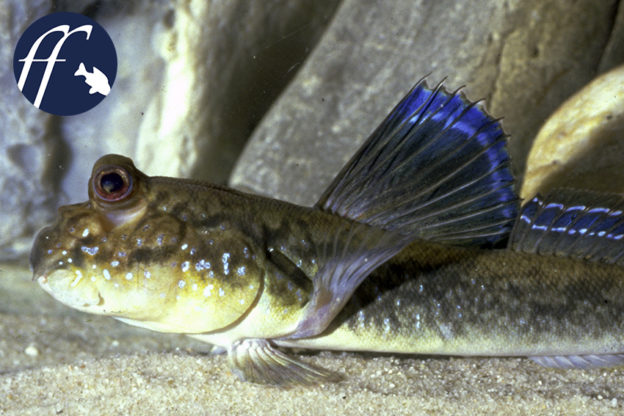
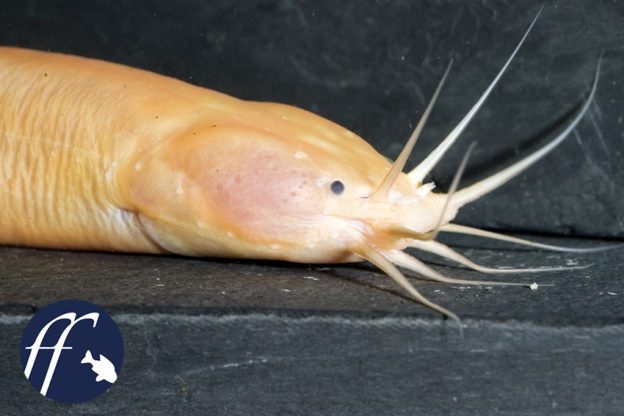
Last time we looked at the “living fossils”, ancient fishes that breathe using lungs and have stout scales and limb-like fins or fins on stalks. None of the species in existence today displays any serious inclination to venture onto land, and hence they don’t answer the question of why at some time in the past fishes made their way ashore. Perhaps there are modern fish species that can provide an answer?
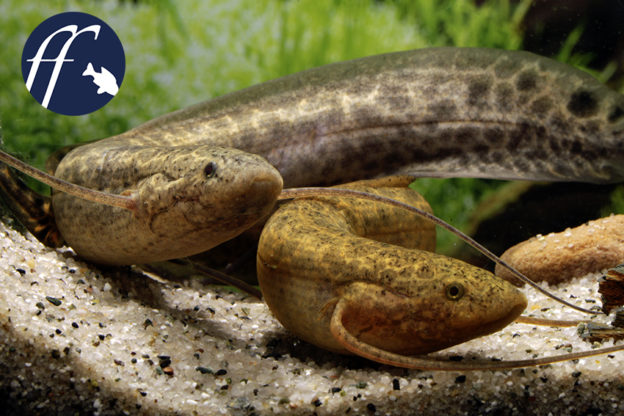
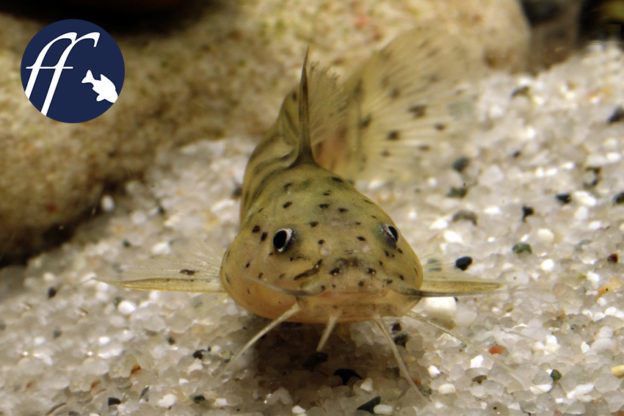
The majority of the roughly 33,400 fish species currently known to science have never yet been maintained in the aquarium. Little more is known of them than that they exist. And even that often isn’t certain, as in the course of the centuries – as is well known, our modern zoology started in 1758 with the 10th edition of Carl von Linné’s book Systema naturae (= The System of Nature) and Linné still believed in the original creation by God and the immutability of species – our view as to what actually constitutes a species has undergone frequent and fundamental changes.
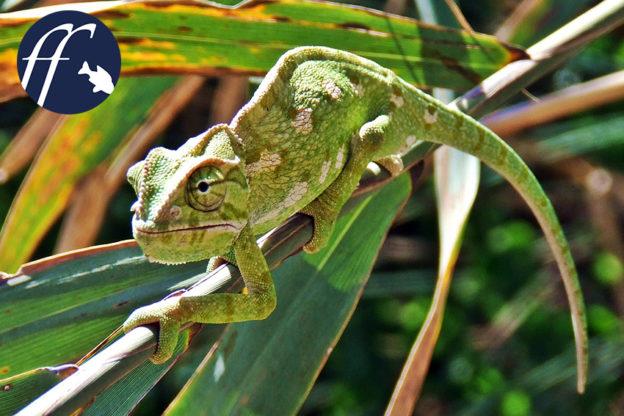
When did humans begin to keep reptiles? Of course we don’t know exactly, but crocodiles and snakes played a major role in the religion of Ancient Egypt. Crocodiles had temples of their own and so did snakes. It is probable that every type of animal maintenance was originally for religious reasons. The keeping of animals in the Stone Age, during the so-called Neolithic revolution, was undoubtedly originally influenced by religion. Otherwise why were cattle domesticated, but not bison?
